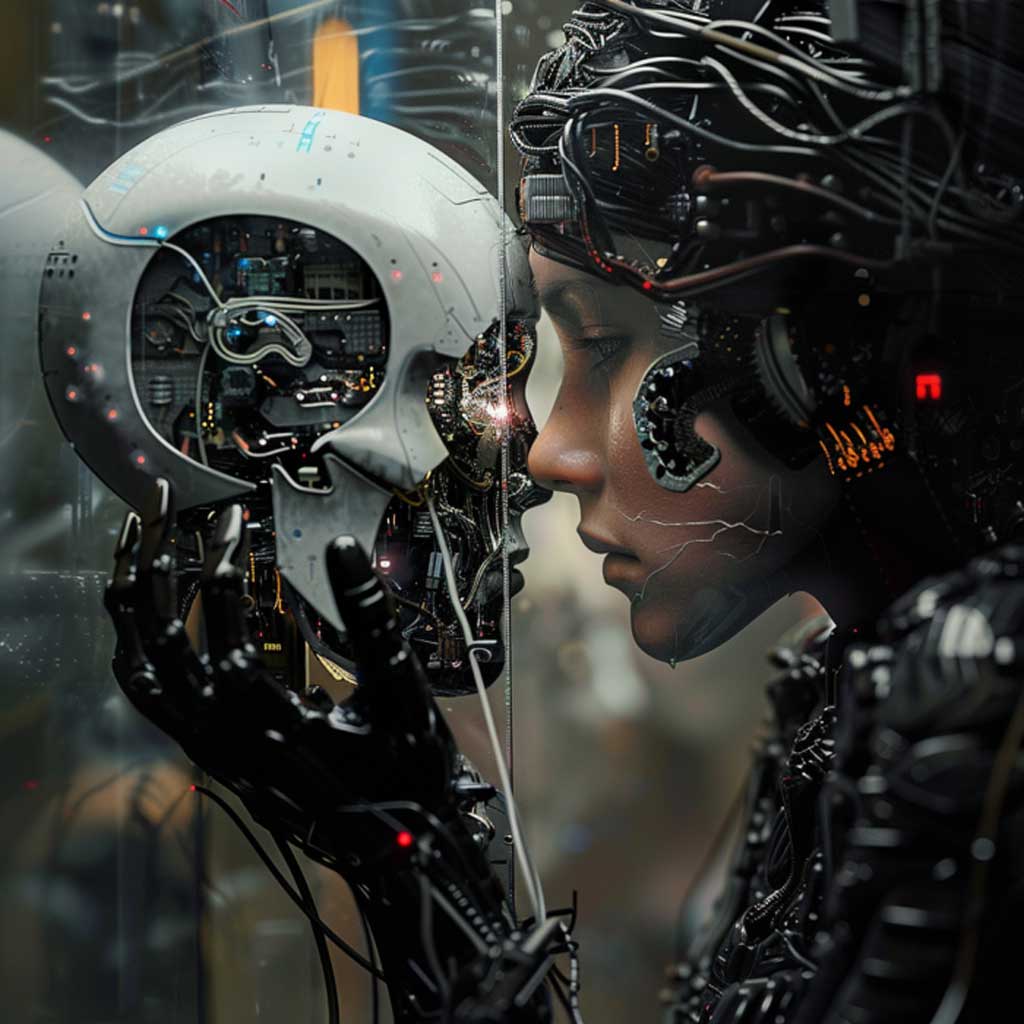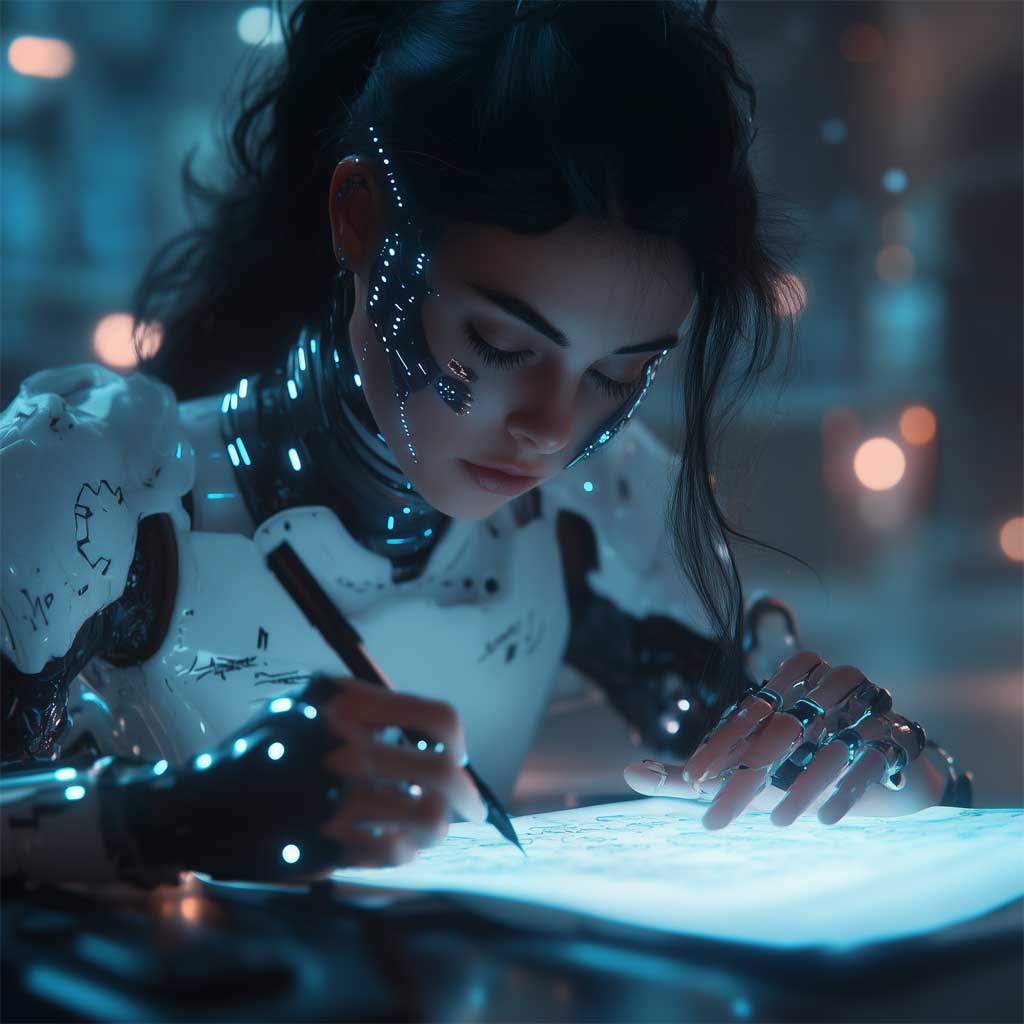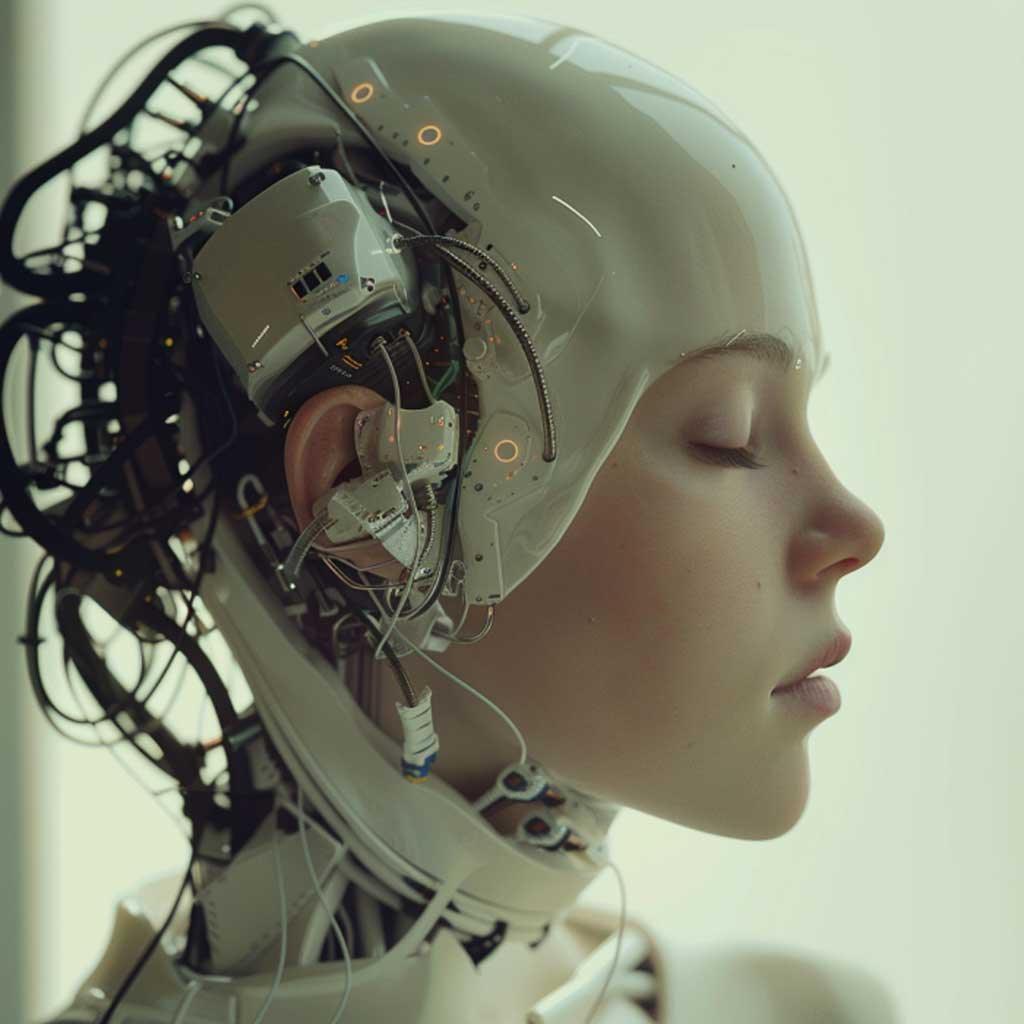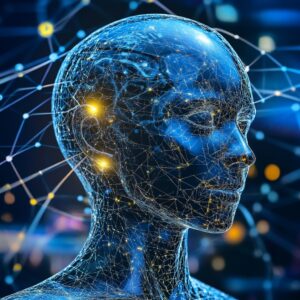
Artificial Intelligence (AI) has transformed various aspects of our lives, from automating mundane tasks to revolutionizing industries. However, beyond its practical applications, AI has also ventured into more unconventional and even bizarre territories. Here we are breaking down some of the more peculiar and unexpected uses of artificial intelligence, ranging from predicting pop culture trends to writing poetry.
Predicting Pop Culture Trends
Staying ahead of pop culture trends is crucial for businesses and individuals alike. From fashion to music to memes, predicting what will capture the public’s attention next can be challenging. This is where AI comes into play.
Companies like Trendalytics use AI algorithms to analyze vast amounts of data from social media, e-commerce platforms, and search engines to identify emerging trends. By tracking keywords, hashtags, and consumer behaviors, AI can predict which trends are likely to go viral, allowing businesses to capitalize on them before they peak.
For example, AI algorithms can detect patterns in social media conversations and identify topics that are gaining traction among specific demographic groups. This information can be invaluable for marketers, fashion designers, and entertainment companies looking to stay ahead of the curve.
Writing Poetry

Poetry has long been considered a uniquely human form of expression, characterized by creativity, emotion, and imagination. However, recent advancements in AI have challenged this notion by enabling computers to generate poetry autonomously.
Projects like Google’s “PoemPortraits” use machine learning algorithms to create personalized poems based on users’ inputs. Users can input a word or phrase, and the AI algorithm generates a unique poem inspired by the input.
While these poems may lack the depth and complexity of human-authored poetry, they demonstrate the creative potential of AI. Similarly, OpenAI’s GPT-3 model has demonstrated the ability to generate coherent and emotionally resonant poetry. By analyzing vast amounts of text data, GPT-3 can mimic the style and tone of human poets, producing poems that are indistinguishable from those written by humans.
While AI-generated poetry may not replace the work of human poets anytime soon, it raises intriguing questions about the nature of creativity and the role of technology in artistic expression.
Detecting Fake News
The proliferation of fake news and misinformation has become a significant challenge in the digital age. With social media platforms amplifying false narratives and misleading information, combating fake news has never been more critical.
AI-powered tools like Factmata and Fake News Challenge use machine learning algorithms to identify and debunk fake news stories. These algorithms analyze the content of news articles, social media posts, and other online sources to detect patterns indicative of misinformation.
By analyzing factors such as language use, sentiment, and source credibility, AI algorithms can flag suspicious content and alert users to potential misinformation. While these tools are not foolproof and rely on human oversight, they represent a promising step towards combating fake news in the digital era.
Creating Art
Artificial intelligence has also made strides in the realm of visual art, with AI algorithms generating stunning and thought-provoking artworks. Projects like DeepDream and DeepArt use deep learning algorithms to transform ordinary images into surreal and abstract masterpieces.
DeepDream, developed by Google, uses neural networks to enhance and distort images, creating hallucinatory and dreamlike visuals. By analyzing patterns in the input image, DeepDream generates intricate and otherworldly patterns that evoke the aesthetics of surrealism and psychedelia.

Similarly, DeepArt employs neural style transfer algorithms to apply the artistic style of one image to another. By combining the content of one image with the style of another, DeepArt produces stunning and visually striking artworks that blur the line between human and machine creativity.
While AI-generated art may lack the emotional depth and cultural context of human-created art, it challenges conventional notions of artistic authorship and opens new possibilities for creative expression.
Assisting in Psychotherapy
In recent years, AI has been explored as a tool for providing mental health support and psychotherapy. Chatbot platforms like Woebot and Wysa use natural language processing algorithms to simulate conversations with users, offering emotional support and coping strategies.
These chatbots employ techniques from cognitive-behavioral therapy (CBT) and mindfulness-based interventions to help users manage stress, anxiety, and depression. By engaging in conversational interactions, users can gain insights into their emotions, behaviors, and thought patterns, empowering them to make positive changes in their lives.
While AI-powered therapy is not a substitute for professional mental health care, it provides a scalable and accessible option for individuals seeking support. By leveraging AI algorithms to deliver personalized interventions, these chatbot platforms demonstrate the potential of technology to augment mental health services and improve outcomes for users.
Generating Music
Music composition has traditionally been viewed as a deeply human endeavor, driven by creativity, emotion, and cultural context. However, AI algorithms have demonstrated the ability to compose original music autonomously, blurring the line between human and machine creativity.
Projects like Jukedeck and Amper Music use machine learning algorithms to generate original music tracks based on user inputs. Users can specify parameters such as genre, mood, and tempo, and the AI algorithm generates a custom music track tailored to their preferences.
Similarly, OpenAI’s MuseNet model can generate music in a wide range of styles and genres, mimicking the compositional techniques of human musicians. By analyzing patterns in existing music compositions, MuseNet can create original music that sounds remarkably human-like, showcasing the creative potential of AI in the realm of music composition.
While AI-generated music may lack the emotional depth and cultural context of human-created music, it offers new opportunities for creative exploration and experimentation.
The bizarre uses of artificial intelligence we’ve highlighted here illustrate the remarkable versatility and creative potential of AI technology. From predicting pop culture trends to generating poetry and music, AI algorithms are pushing the boundaries of what was once thought possible.
While these applications may seem unconventional or even surreal, they demonstrate the transformative impact of AI on various aspects of human society. As AI technology continues to evolve and advance, we can expect to see even more unexpe
Recent Blog Articles
Recent Blog Articles

When Online Dating Goes Wrong: The Dark Side of Digital Romance
Published on: February 4, 2025
Online dating has revolutionized how we connect with potential partners. Platforms like Tinder, Bumble, and Hinge offer convenience and a vast pool of singles at our fingertips.
Read time: 38 min

Maximizing ROI with Custom Software: A Smart Investment for Sustainable Growth
Published on: January 28, 2025
Organizations must continuously evolve to stay ahead. One of the most impactful ways to achieve long-term success is by investing in custom software solutions.
Read time: 23 min

AI-Powered Productivity: How Artificial Intelligence is Reshaping Your Industry
Published on: January 21, 2025
Companies that embrace AI today are positioning themselves for long-term success, unlocking unprecedented productivity and innovation.
Read time: 42 min

From Chaos to Control: How ERP Systems Revolutionize Business Operations
Published on: January 14, 2025
Enterprise Resource Planning (ERP) software has become an indispensable tool for organizations across various industries, transforming operations, improving productivity, and reducing inefficiencies.
Read time: 46 min

Tech-Enhanced Superpowers: Gadgets That Make You Feel Like a Superhero
Published on: January 7, 2025
Exoskeletons that grant superhuman strength, smart glasses that enhance vision, and wearable devices that provide a sixth sense, technology is enabling us to surpass our natural abilities.
Read time: 55 min

The Role of Tech in Modern Dating: From Swipe Right to Virtual Dates
Published on: December 31, 2024
Technology has fundamentally transformed every aspect of our lives, including the way we date. Gone are the days when meeting someone new required attending social events.
Read time: 41 min

Tech-Powered Ghosts: Can AI Bring Back the Voices of the Dead?
Published on: December 24, 2024
Humanity has always been fascinated by the afterlife and the possibility of communicating with those who have passed on. This curiosity has driven many stories, myths, and even scientific pursuits.
Read time: 29 min

